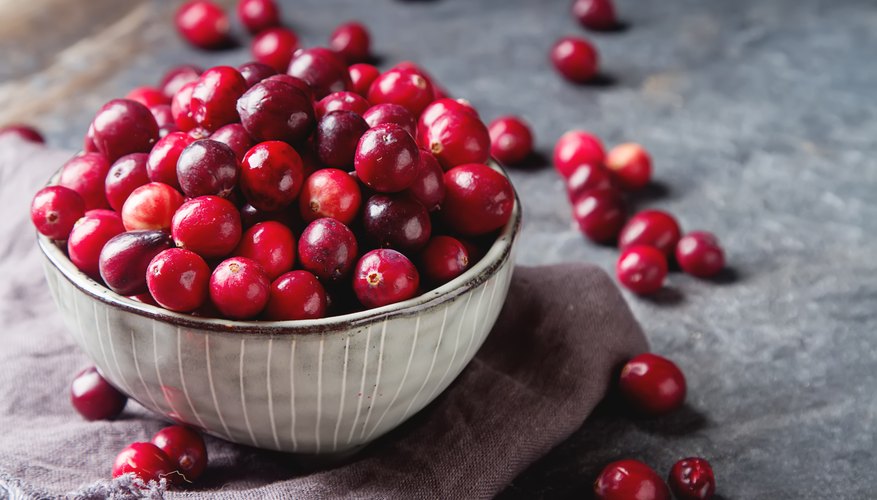
.............................................................................................................
Sodium Benzoate
What is Sodium Benzoate?
By Bert
Markgraf
Sodium
benzoate is a food preservative that occurs naturally in some fruits.
The
chemical is the sodium salt of benzoic acid and is considered safe to ingest
and apply to the skin.
It
should not be used in certain acidic products because it may combine to form
harmful compounds, but it is not toxic and does not irritate tissue.
It dissolves readily in water, and its primary use is to inhibit the
growth of molds and bacteria in food and
TL;DR (Too Long; Didn't Read)
Sodium benzoate is the sodium salt, NaC7H5O2, of benzoic acid, C7H6O2.
It
is produced when benzoic acid reacts with sodium hydroxide, NaOH, and the sodium
ion replaces one of the hydrogen ions in the acid to produce sodium benzoate
and water.
The
chemical is found naturally in fruits such as plums and cranberries, and it is
used as a preservative in food and cosmetics because it inhibits the growth of
molds and bacteria.
In some acidic foods, sodium benzoate may react with
ascorbic or citric acid to produce benzene, a potential carcinogenic compound.
Although
it is sometimes confused with borax or sodium borate, which is a salt of boric
acid, the two chemicals are completely different.
The
Chemistry of Sodium Benzoate
Sodium benzoate is the sodium salt obtained when benzoic
acid reacts with sodium hydroxide.
This
is an acid-base reaction that produces a salt, which is sodium benzoate, and
water. The chemical formula is:
C7H6O2 +
NaOH = NaC7H5O2 + H2O
In
water, the compound dissolves and dissocates into a sodium ion and a benzoic
acid ion.
In
its solid form it is a white, granular or crystalline powder that can be added
to food or cosmetics.
Other sodium compounds with similar names are sodium borate
or borax and sodium carbonate or soda.
They
are sometimes confused with sodium benzoate but are completely different
chemicals.
Borax
is a salt of boric acid and contains boron while soda, distinct from baking
soda or sodium bicarbonate, is a salt of carbonic acid.
Neither
is commonly used as a food additive because they are not as safe as sodium
benzoate.
Where
Is Sodium Benzoate Found?
Sodium benzoate keeps molds and bacteria from growing in
food and cosmetics.
It
is found in many fruit drinks, in salad dressings and oils, and in jams.
Cosmetic
manufacturers use it in skin creams and other cosmetics to keep them fresh.
It
is found naturally in fruits such as plums and cranberries and in spices such
as cinnamon.
Use
of the chemical is widespread because it is inexpensive and because small
concentrations, typically 0.05 - 0.1 percent, are effective.
In solution, the benzoic acid ion is the active ingredient
and acts directly on micro-organisms to limit their activity.
When
used in certain foods such as acid citrus drinks, the sodium benzoate may react
with the other acids such as citric or ascorbic acids to form benzene, a
potential carcinogenic compound.
Because
the levels of sodium benzoate in most foods are so low, the corresponding
concentration of benzene will also be below dangerous levels.
In
general, sodium benzoate is a safe, common, inexpensive and effective food
additive with possibly some restrictions for a high consumption of certain acid
foods.
Bert Markgraf
is a freelance writer with a strong science and engineering background. He has
written for scientific publications such as the HVDC Newsletter and the Energy
and Automation Journal. Online he has written extensively on science-related
topics in math, physics, chemistry and biology and has been published on sites
such as Digital Landing and Reference.com He holds a Bachelor of Science degree
from McGill University.


No comments:
Post a Comment